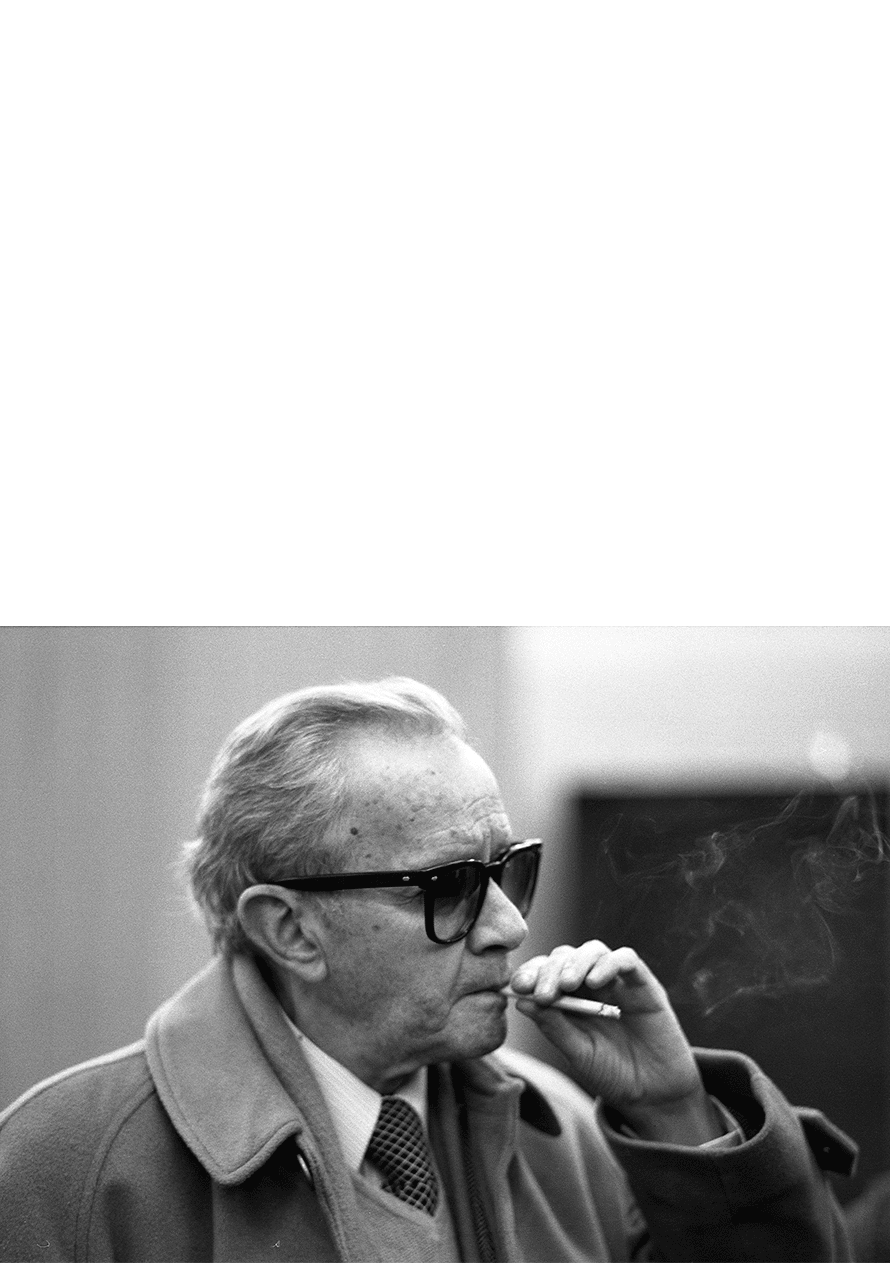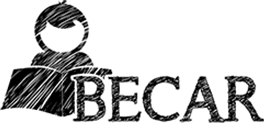Originally from Xalapa, Veracruz, Carmen Ramírez Degollado (1940) is an example of commitment and love of cooking. Named, along with Patricia Quintana, “The Matriarchs of Mexican flavor” by The New York Times.40
“Titita”, as her friends affectionately call her, never thought of devoting herself professionally to cooking. Her entry into the restaurant business happened when her husband, Raúl Ramírez, opened El Bajío, in 1972, where they offered carnitas and barbacoa.
Upon Don Raúl’s death, she had to take over the business, along with her five children that soon became involved. Currently, she is in charge of one of the most representative restaurants of Mexico. She is also the head of “las mayoras”, a group of cooks who have taken on the responsibility of protecting the culinary tradition of grandmothers.
El Bajío represented an opportunity for Titita to rescue recipes inherited from her family. Delicacies from Veracruz such as aniseed gorditas or tamales from Papantla were included in the menu and over time different family recipes from other regions of the country have been added, with the mission of preserving the authentic flavor of Mexican cuisine.
With 18 branches in Mexico City, El Bajío has managed to become a group of restaurants, first in the traditional food genre, which expands respecting the same philosophy and seasoning in each of its subsidiaries.
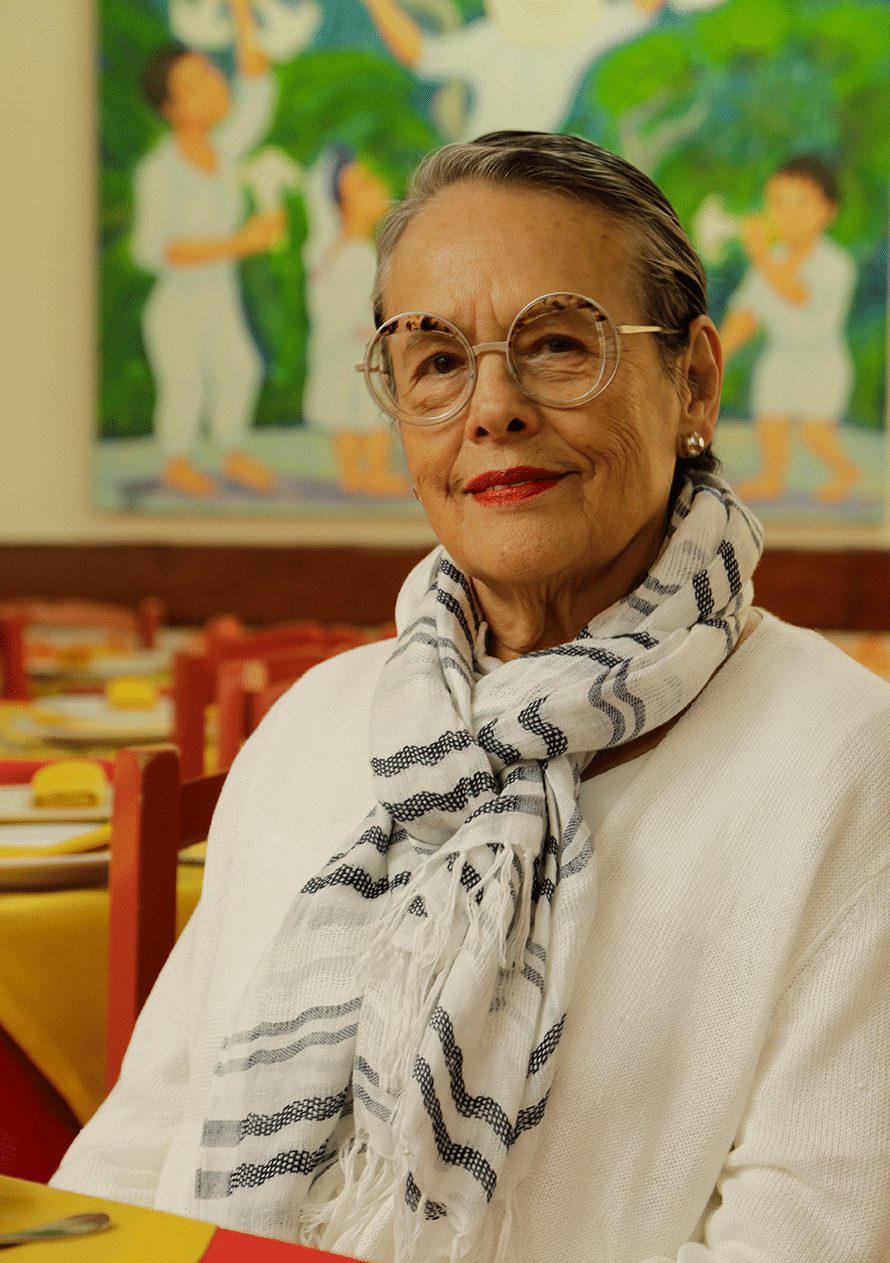
Known as “The man who built Mexico”, Pedro Ramírez Vázquez (Mexico City, 1919–2013) is responsible for some essential buildings in the urban landscape of Mexico City.
As a forefather of the trend that sought to transform the armed revolution into a social revolution through government programs, he devoted his seven decades of professional practice to building the walls that shield the great epicenters of culture, politics, sports and religion in the country.
Ramírez Vázquez’s works include the National Museum of Anthropology and History, the Museum of Modern Art, the Templo Mayor Museum, the Estadio Azteca, the Basilica of Guadalupe —in collaboration with architects Gabriel Chávez de la Mora and José Luis Benlliure— and the San Lázaro Legislative Palace.
Outside Mexico he participated in the construction of the Museum of Black Civilizations in Dakar, Senegal; government buildings in the capital of Tanzania, Dodoma; the Nubian Museum in Aswan, Egypt; the Presidential House of Costa Rica; the offices and museum of the International Olympic Committee in Switzerland; and the Mexican Pavilion in World Expos in Seville, Brussels, Seattle and New York.
In 1968 he was appointed president of the Organizing Committee for the Olympic Games in Mexico, and was awarded the National Prize for Arts and Sciences in 1973.

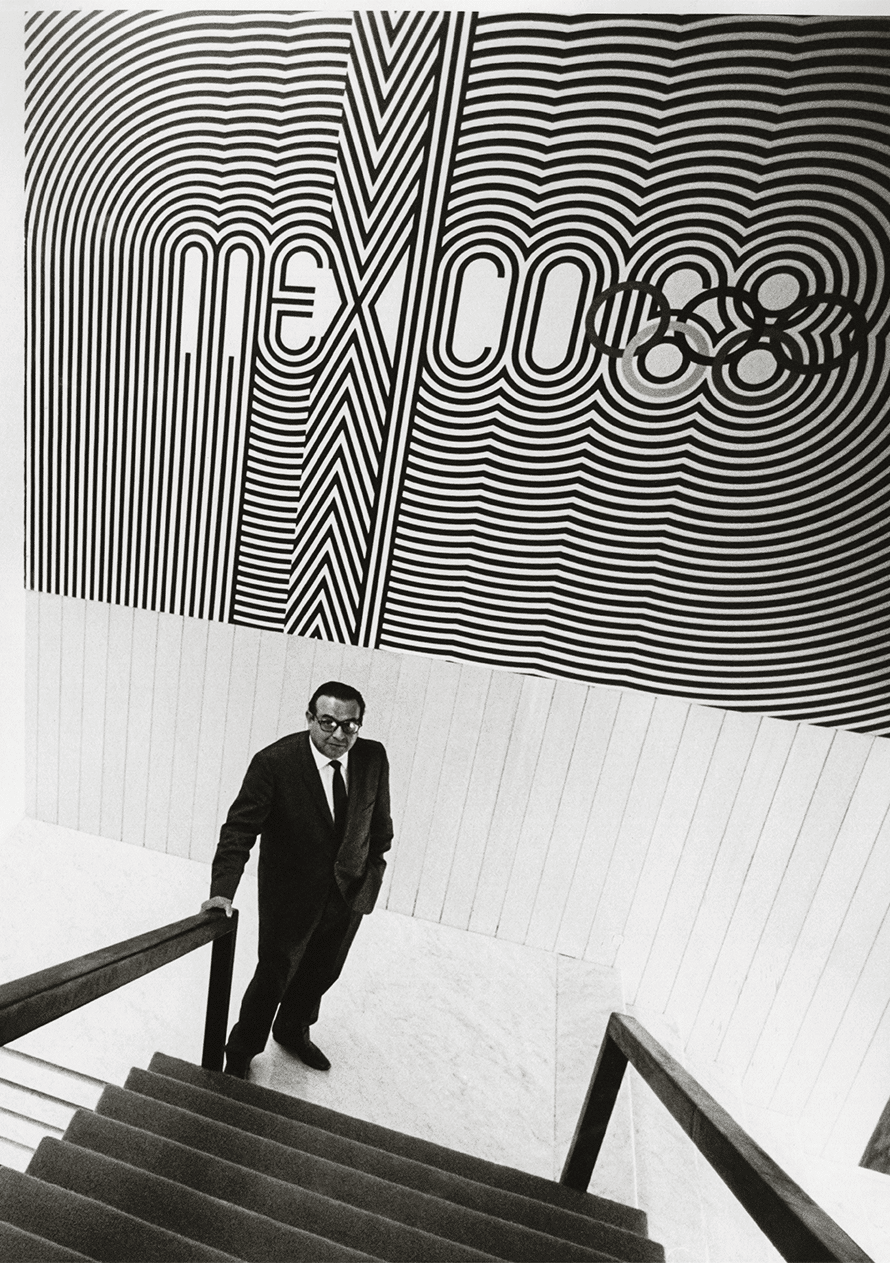
If we want our country to progress harmoniously, we must stimulate both applied research for immediate purposes and research in fundamental sciences.41
Manuel Sandoval Vallarta
Pioneer of Latin American physics, Manuel Sandoval Vallarta (1899–1977) was the author of several dozen studies on mathematical methods, quantum mechanics, general relativity and the physics of cosmic rays, a specialty to which he contributed to define the composition and origin of the cosmic radiation.
With the support of the Guggenheim Fellowship, he attended the University of Berlin in Germany, in 1927, where he lived in one of the most important centers dedicated to the creation of modern physics. He attended the chairs of Albert Einstein, Max Planck, Erwin Schrödinger and Max von Laure.
In 1933 he directed a series of works in collaboration with Georges Lemaître, whose mathematical analyzes allowed to interpret Nobel Laureate Arthur Compton’s cosmic radiation observations in various locations of Earth. These studies show-ed that cosmic radiation consisted of charged particles and earned the team aNobel Prize nomination.
Don Manuel was a founding member of the Colegio Nacional and of the UNESCO International Committee of Education Experts; he was president of the Mexican Society of Physics; president of the International Committee for Cosmic Radiation Weights and Measures, which belongs to the International Union of Pure and Applied Physics; and was also member of the thirteen scientific societies of the specialty he professed, including the universities of Lima, Canada, Japan, United States, Philadelphia and the Vatican City.

It is in few writers that we find such a close and torn relationship between their life and their work as in José Revueltas (Durango, Durango, 1914–Mexico City, 1976). His work truthfully evokes his last name [which in Spanish means in a turmoil]: he was a turbulent man, dissident of the Mexican political system in all its aspect, including those of the left wing, since he did not see in Marxism a faith, but an instrument of social liberation.
His irreducible political militancy led him to be imprisoned on several occasions, both in Lecumberri and on the Islas Marías. These seclusions resulted in his books Los muros del agua (1941) and The Hole (1969), which are integrated into the body of a work consisting of various chronicles, novels and stories that delve into cruelty, impotence and human misery.
He was also a prolific film scriptwriter, a journalist, playwright and, it is said, an extraordinary conversationalist capable of “drinking to sobriety”. His works have been translated into English, Italian, Hungarian, French, German and Polish.
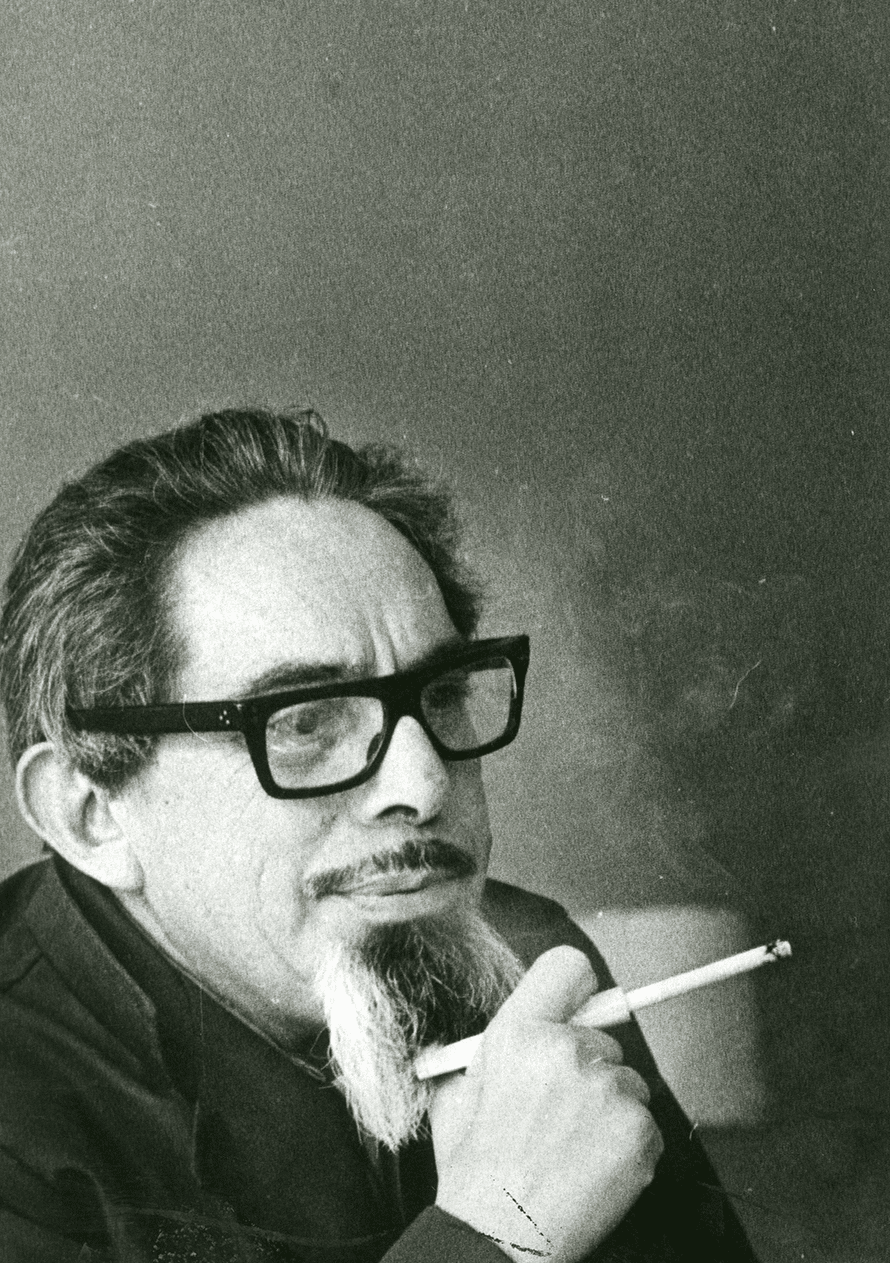
Silvestre Revueltas (Santiago Papasquiaro, Durango, 1899–Mexico City, 1940) occupies a privileged place among Mexican composers of the 20th century. He had a sensitive ear to the voices of our land and an amazing ability to recreate them in works that place him as a bold avant-garde composer, compared at the time to Stravinsky.
In his collection one can find titles such as “Tierra pa’ las macetas” or “Dúo para pato y canario” that collect the echoes of popular announcements. His work has a purely Mexican character, but clearly differentiated from the typical nationalism twists that his contemporaries cultivated.
In addition to his chamber pieces, he bequeathed a solid symphonic work, which earned him prestige in the international music scene. Among his scores that are acclaimed today are “Sensemayá”, a symphonic poem inspired by the homonymous text by Nicolás Guillén; “Homenaje a Federico García Lorca”, written upon finding out about the Granadan poet’s murder; along with “Janitzio” and “La noche de los mayas”, works that are frequently performed by the best orchestras of Mexico and the world.
He was the first of a dynasty of artists, all children to a mother who foretold their destiny, expressing that she wanted to bear a musician, a painter and a poet. Thus, all the wonders of the Revueltas family were born: Silvestre the musician, Fermín the painter and muralist, Consuelo the painter, Rosaura the actress and writer, José the writer, and Agustín the artist.
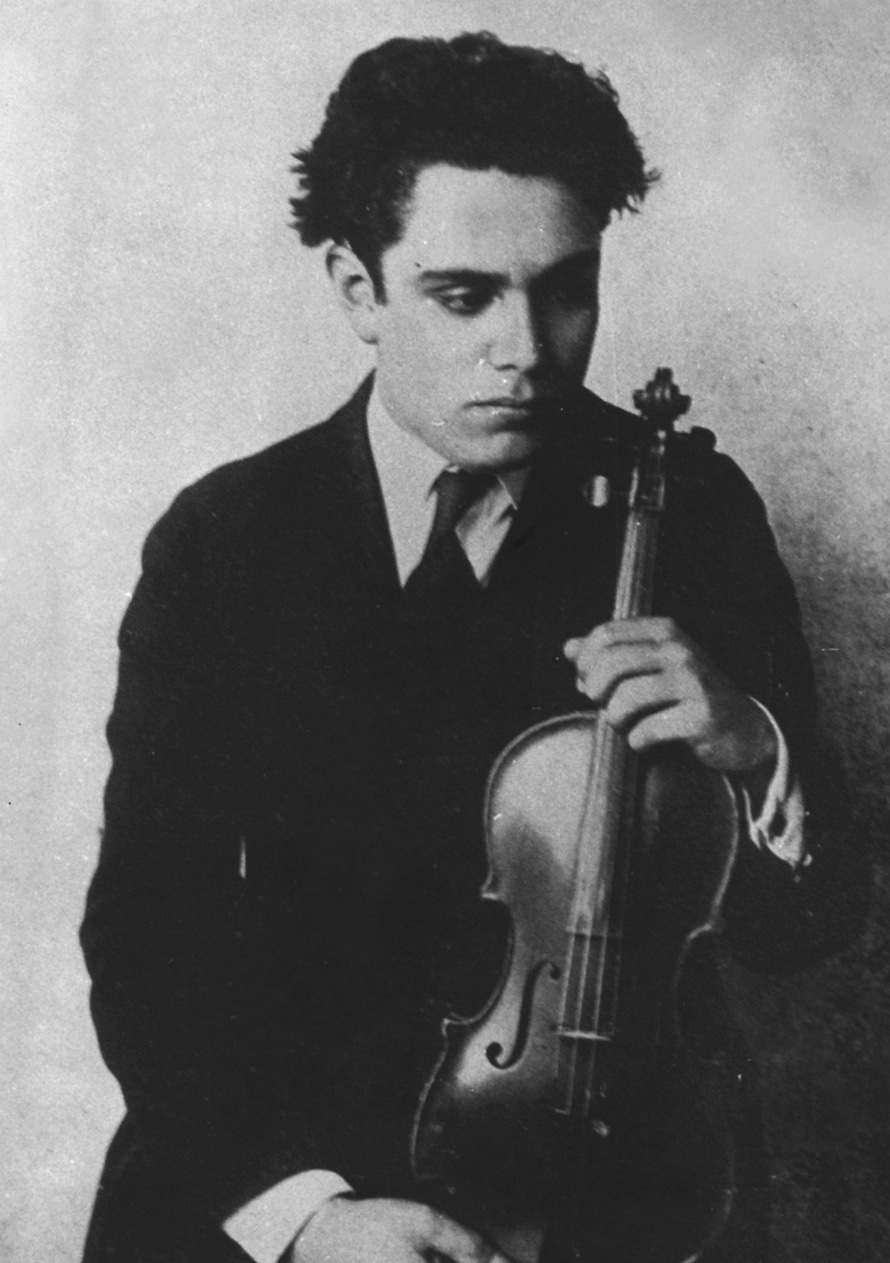
Let us be generously universal so as to be profitably national.42
Alfonso Reyes
Considered a polymath, Alfonso Reyes (Monterrey, Nuevo León, 1889-Mexico City, 1959) was a lawyer, essayist, narrator, poet, playwright, translator, teacher and diplomat. Borges named him “the greatest prose writer in Spanish of any period”43 and he is considered —along with José Vasconcelos— as one of the two greatest Mexican intellectuals of the first half of the 20th century.
During his years as a diplomat, he rose as the ambassador of Mexican literature, in his tenure in Spain, France, Argentina and Brazil, where he was known as “The Universal Monterrey-born”.
In 1939 he returned to his homeland to preside over El Colegio de México, a fact that marked the beginning of a work that consolidated him as the great civilizer of the country, which at that time was defined by nationalism —the revolutionary novel and the mural movement prevailed—, with a renewed stability that favored the creation of institutions over which Reyes had a fundamental influence to build modern Mexico.
He advised on the dangers of reducing Mexican culture to exclusive nationalism and, from the institutions, he passed on his passion for universal literature and cleared the culture scene to open its borders.
He received plenty of recognition for his career, including the National Prize in Literature in 1945. That year he was nominated for the first time for the Nobel Prize in Literature, a nomination he would receive four more times.
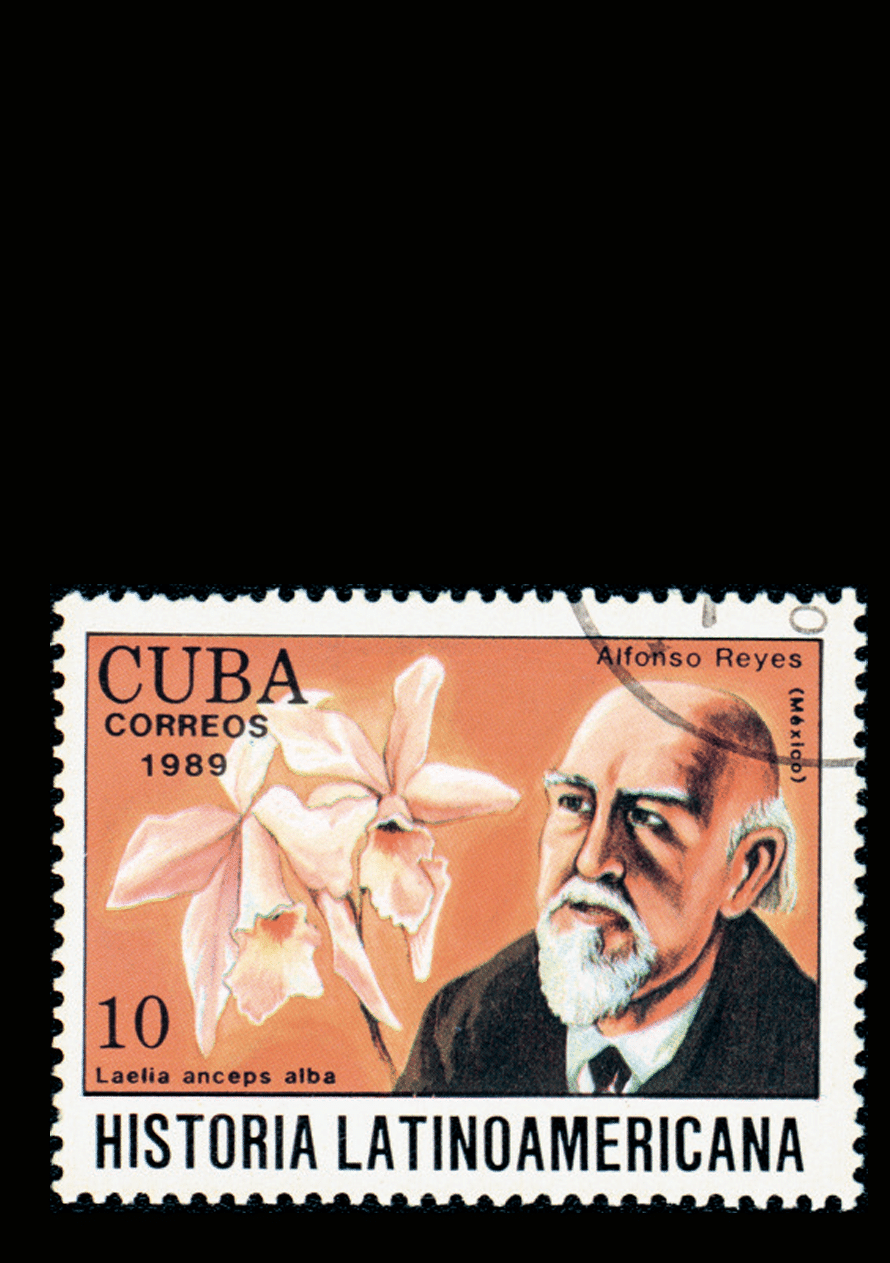
Pedro Reyes (Mexico City, 1972) studied architecture but considers himself a sculptor, although his works integrate elements of theater, psychology and activism. His work takes on a great variety of forms, from penetrable sculptures Capulas (2002-08), to puppet productions Baby Marx (2008), The Permanent Revolution (2014) and Manufacturing Mischief (2018). In 2008, Reyes initiated the ongoing Palas por Pistolas where 1,527 guns were collected in Mexico through a voluntary donation campaign to produce the same number of shovels to plant 1,527 trees. This led to Disarm (2012), where 6,700 destroyed weapons were transformed into a series of musical instruments. In 2011, Reyes initiated Sanatorium, a performative project that takes the form of a transient clinic that provides short unexpected treatments mixing art and psychology. Originally commissioned by the Guggenheim Museum in New York City, it has been adapted with each subsequent iteration.
In 2015, he received the U.S. State Department Medal for the Arts and the Ford Foundation Fellowship. In late 2016, he presented Doomocracy, an immersive theatre installation commissioned by Creative Time. In addition to his artistic practice, Pedro Reyes has curated numerous shows and often contributes to art and architectural publications. He lives and works in Mexico City.
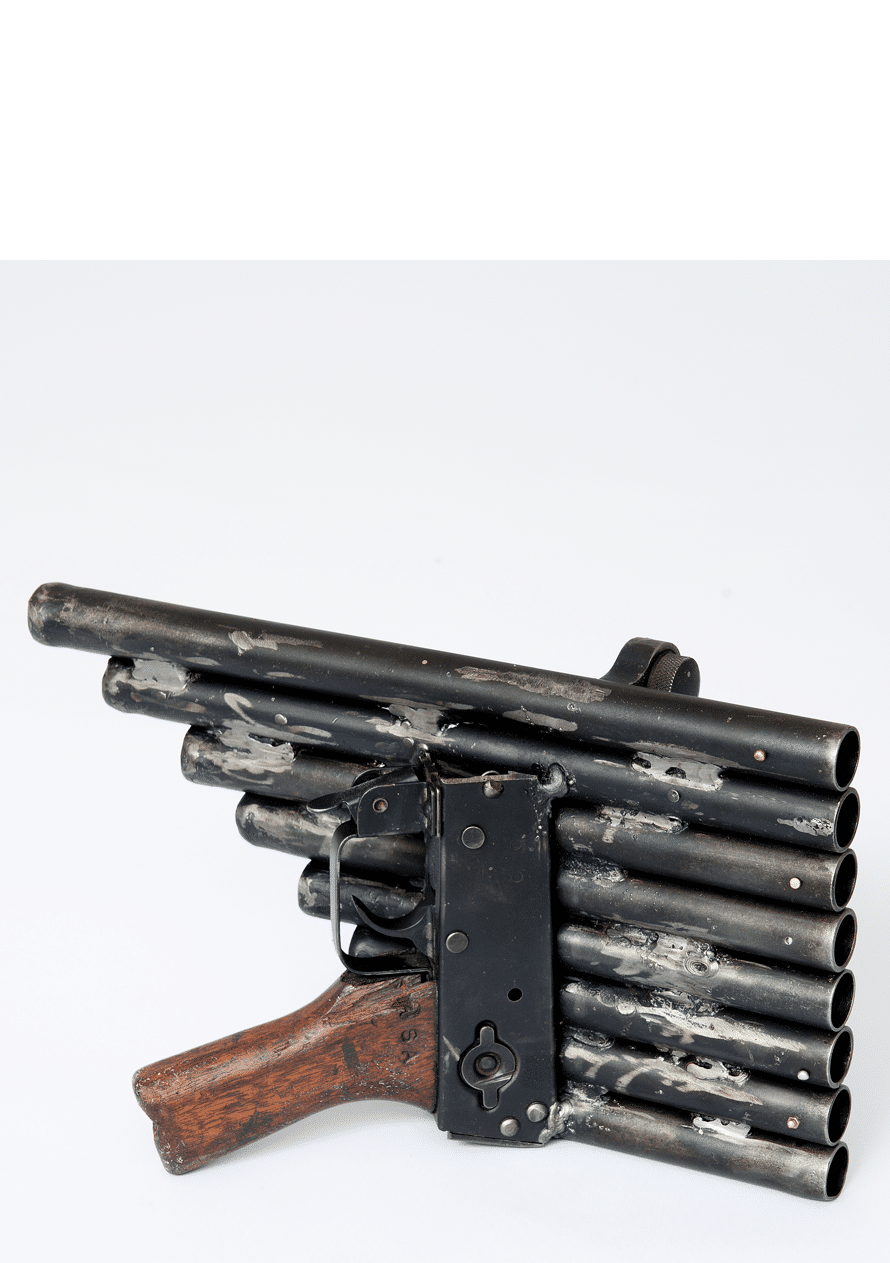
“I did not consider cinema, cinema considered me”, said Dolores del Río (1904–1983), a mythical figure in the Latin American entertainment industry, who left an indelible mark on the history of film.
She was born in Durango and, like all the daughters of her family, at a very young age she married a businessman who lost his fortune in the fall of the cotton market. With no money and no idea of how to recover her status, she received a signal: she met film director Edwin Carewe by chance, who told her that she had the potential to become a female version of Rodolfo Valentino.
The young woman did not know a thing about acting nor did she speak English, but despite that she debuted in 1925 starting a career that accumulated leading roles in dozens of silent and sound films in the United States, Mexico, Spain, Italy and Greece, among which are Ramona (1928), Flor Silvestre and María Candelaria (1943).
She was considered the second most beautiful woman in Hollywood —only after Greta Garbo— and her presence inspired thousands of women who imitated her style. She was the first to paint her lips without a heart shape, as well as a pioneer in the use of the two-piece swimsuit.
Dolores opened the doors of international film to her colleagues, actors and directors, whom she supported for years with resources and contacts for them to seek luck outside Mexico. She was the first female member of the jury of the Cannes Film Festival, and co-founder of the Society for the Protection of the Artistic Treasures of Mexico.
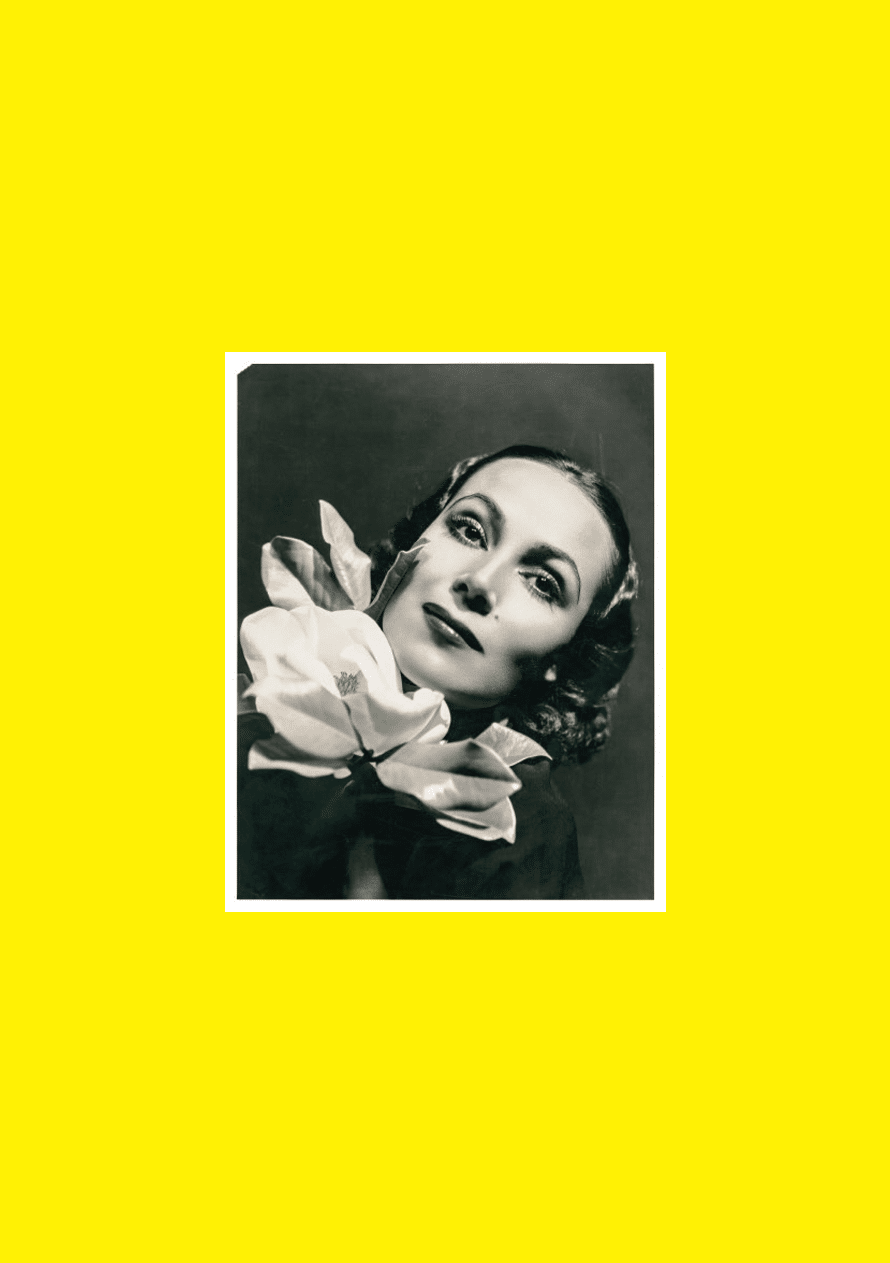


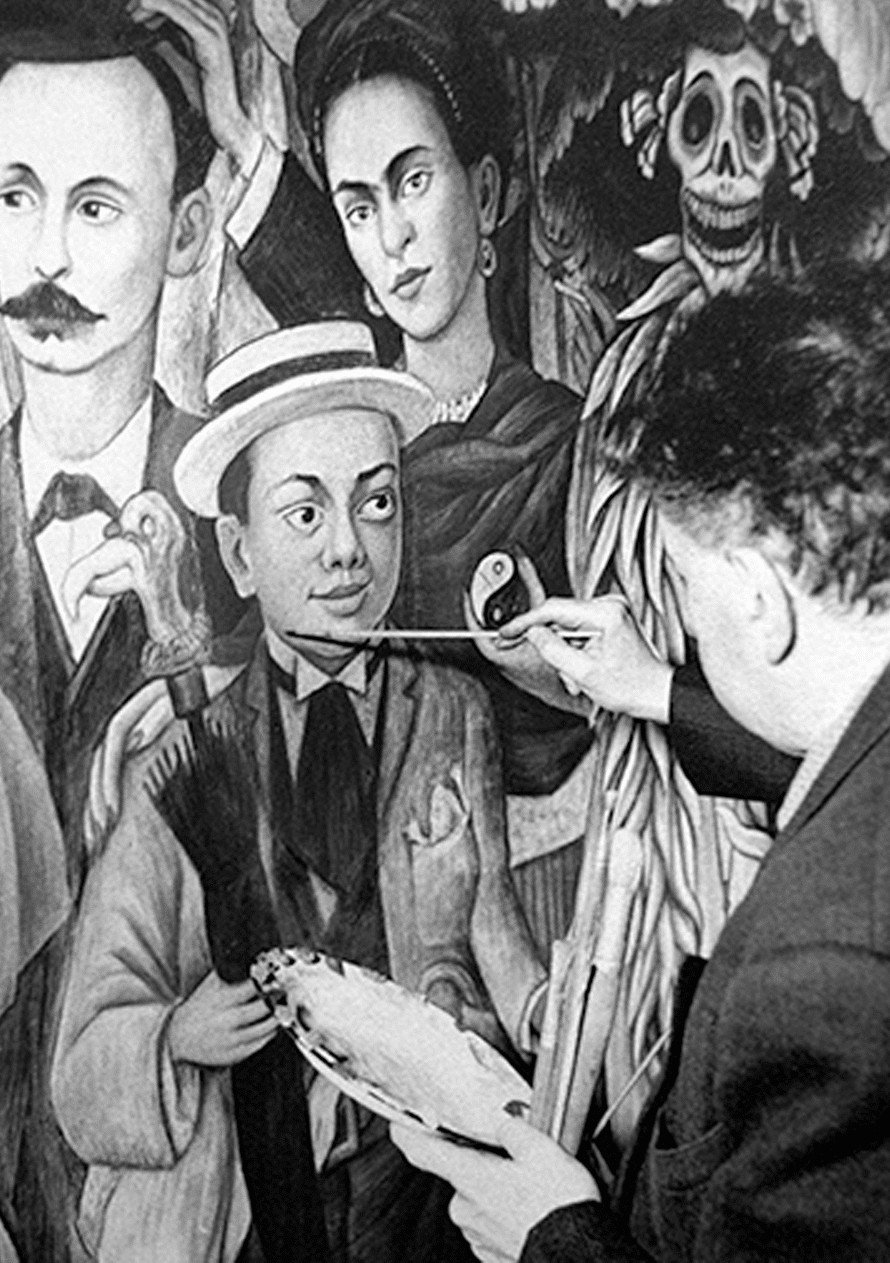
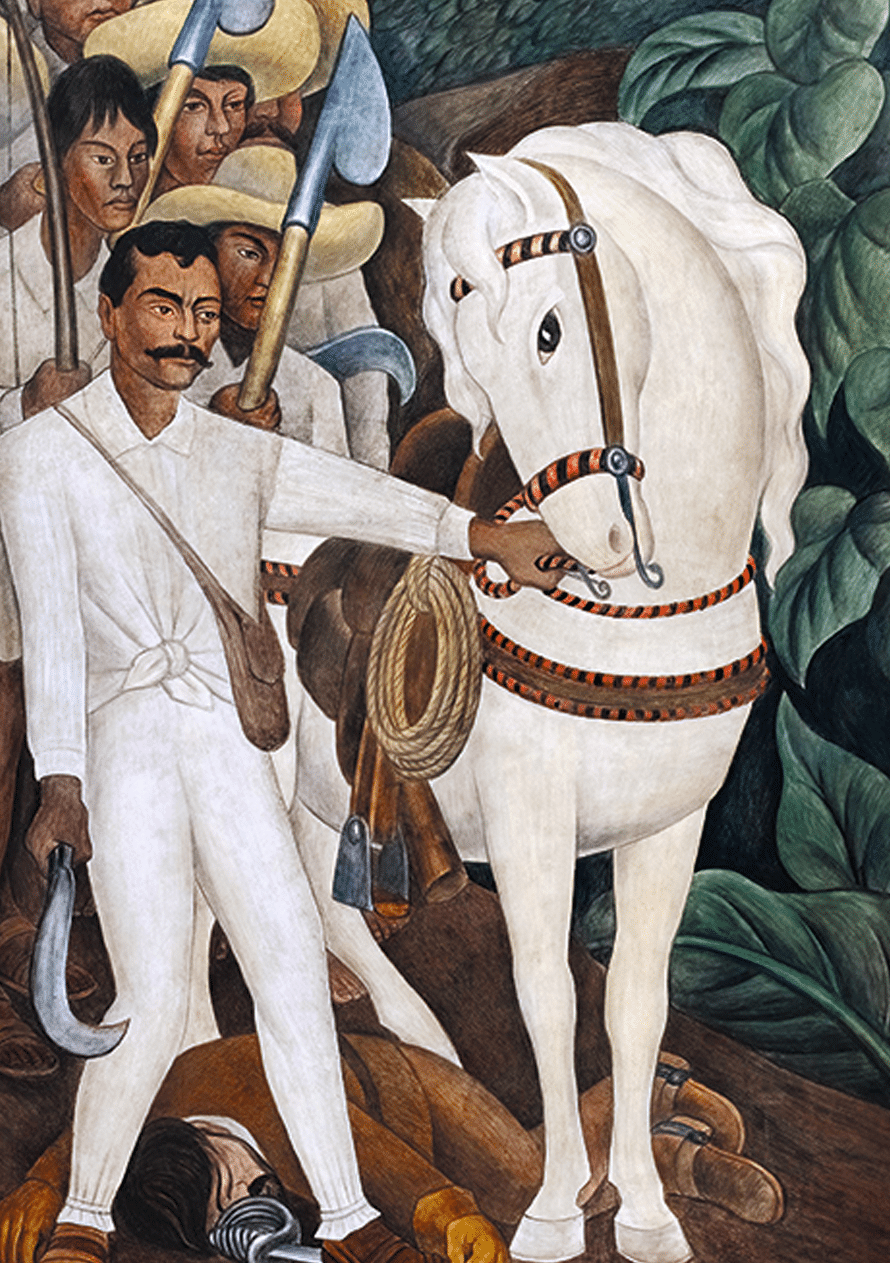
Diego María de la Concepción Juan Nepomuceno Estanislao de Rivera y Barrientos Acosta y Rodríguez, better known as Diego Rivera (Guanajuato, Guanajuato, 1886–Mexico City, 1957), is not only one of the most important artists of Mexico and the world —a key figure for the understanding of universal art— he is also an essential presence in the development of the history and politics of the 20th century.
In the mid-1930s, he already enjoyed worldwide recognition. He had painted his great murals in Mexico, after summoning Latin American artists to join an artistic movement that privileged the integration of society and the political and social importance of art. He was the second painter to present a solo exhibition at the newly opened Museum of Modern Art in New York, and caused great scandal regarding the destruction of his mural at the Rockefeller Center, in the same city, in 1933.
Rivera conquered the capitalist class of the most powerful country in the world and questioned it from the inside: he turned the walls of the lobby of its great center into an ode to communism. After the destruction, which was described as “cultural vandalism”, the work was resurrected on the walls of the Palace of Fine Arts under the name “Man, Controller of the Universe”. In 1954, the Palace of Fine Arts presented an exhibition that included more than 1,200 pieces, the fifty-year-old body of Diego’s creation.
Leon Trotsky defined him as “the great revolutionary artist” who tirelessly sought the construction of an authentic and egalitarian Mexico, and demonstrated that from a concrete idea, conceived in a third-world country, a cultural movement that reflects the identity of a country and modifies the perspective of art and of human kind can emerge.
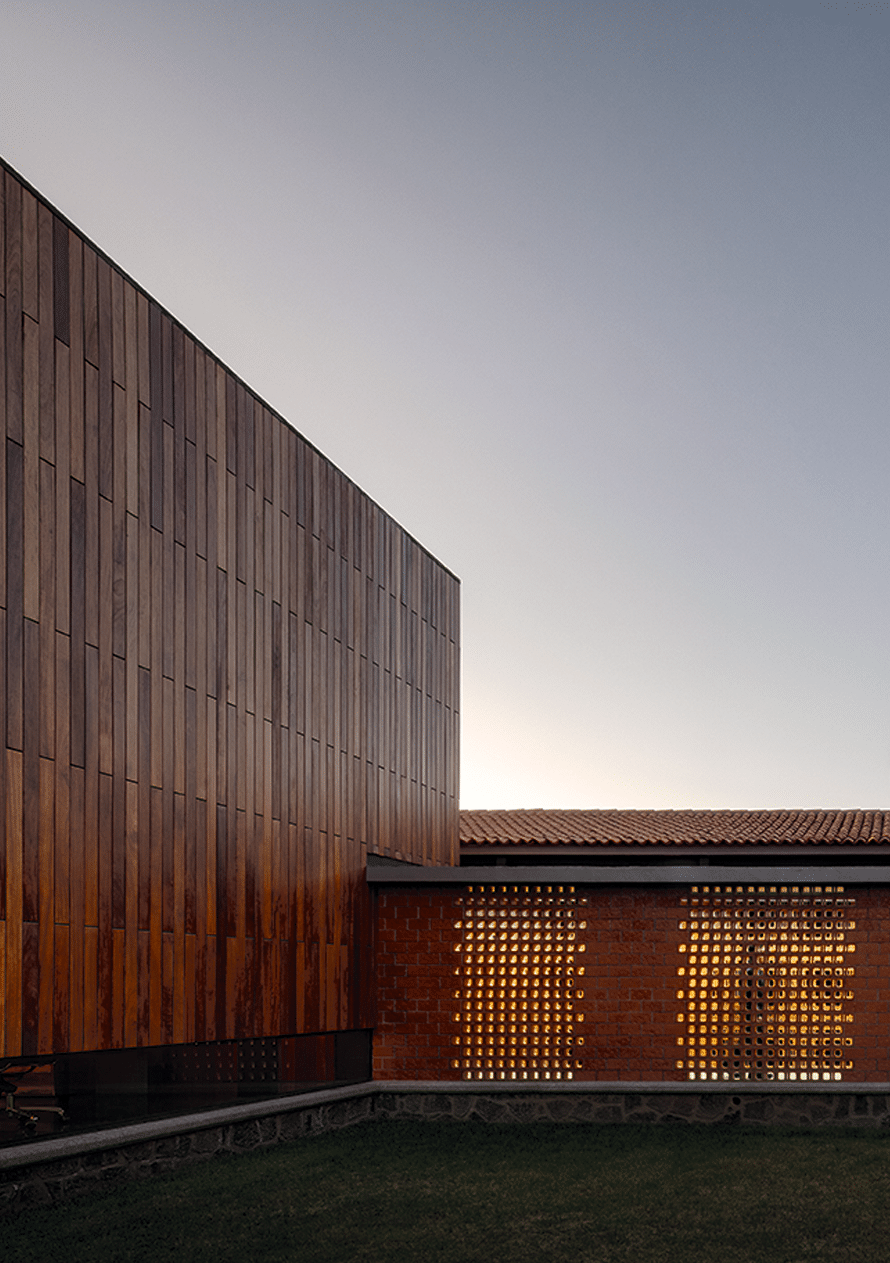
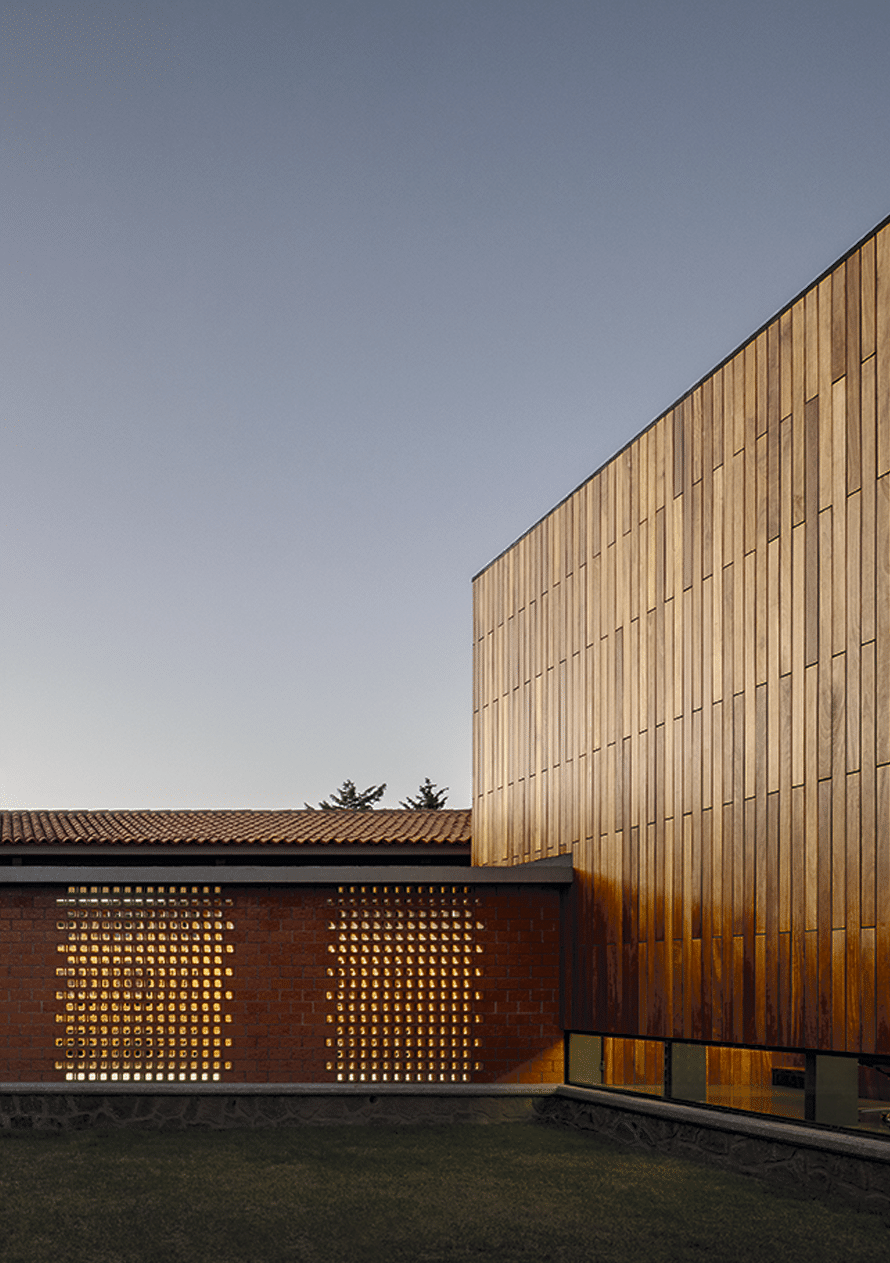
Mauricio Rocha (1965) states that “architecture is and should be political. There is a need to understand the ethical and moral side in an architect’s position. What we do creates cities, generates public spaces, where people live and spend time together”.44 In 1991, Rocha founded Taller de Arquitectura and in 2012 he teamed up with Gabriela Carrillo (1978) to create Taller Mauricio Rocha + Gabriela Carrillo firm.
In 2017, Gabriela Carrillo was named Architect of the Year at the Women in Architecture Awards for a project with the New Criminal Justice System in Mexico, which reinstated dignity in the courtrooms in Pátzcuaro, Michoacán.
For their work together and “for making architecture shine in the world” both architects received the Médaille d’Or in Paris, France, the most important award granted by the French Academy of Architecture. Rocha and Carrillo’s architecture was described by the jury as “a subtle combination of proportions, volumes and light, where local materials and construction techniques play an essential role. Their approach translates traditions and materials of places in which they work into a contemporary setting, not in an ornamental way, but with a
structural focus”.45
Playing in front of 80,000 people in Glastonbury, more than an achievement, to us this represented a triumph for instrumental music […] the typical format of a rock band is not necessary to succeed.46
Rodrigo Sánchez
Rodrigo Sánchez (1974) and Gabriela Quintero (1973) make up this duet of electroacoustic guitars that has been conquering foreign lands for two decades with its folk-metal-jazz-flamenco sound blend, which has caused a sensation at the Glastonbury Festival, the Radio City Music Hall in New York and even the White House in Washington, DC.
They met as teenagers, in their native Ixtapa Zihuatanejo, and began playing in a thrash metal band. One day they decided to abandon the dream of the garage band to travel around Europe with two guitars on their shoulders and the “blood pact” of not accepting any jobs that did not involve music. So they spent time in Dublin, playing in streets and pubs, until musician Damien Rice helped them launch their career in Ireland.
Eight records later —among which Mettavolution (2019) and re-Foc (2002) stand out— and thanks to their brilliant technical execution and fusion style, they are a phenomenon in Europe and the United States. They have their own customized edition of Yamaha guitars, they have participated in soundtracks of projects such as Pirates of the Caribbean and Breaking Bad, and their story was taken to the big screen in documentary For Those About to Rock (2014) by Alejandro Franco.
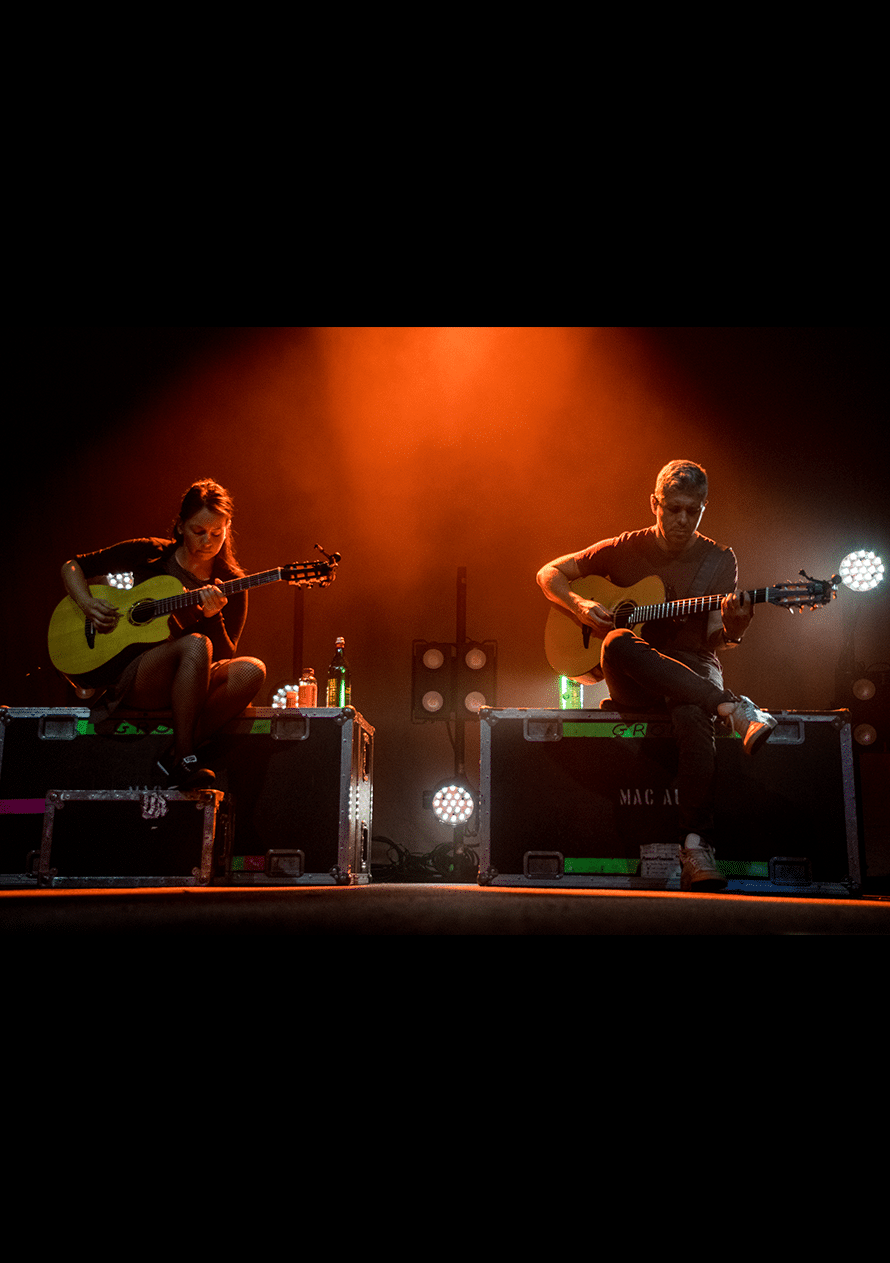
Michel Rojkind (Mexico City, 1969) is considered one of the most relevant architects within the Mexican vanguard movement. A series of experiences converge in his vision in which music, travelling and observation are combined.
While studying architecture, he also played the drums in the Alek Syntek y la Gente Normal band, with which he had the opportunity of going on different tours. During these journeys he became fond of running to become aware of the urban experience of each place, a custom he keeps up as a primary tool for the exercise of his profession.
In 2002 he founded Rojkind Arquitectos and gained prestige with projects such as Casa F2 —Cemex Architecture Award (2002)— and Casa PR34. In 2005, Architectural Record acknowledged the company as one of the best ten architecture vanguard firms.
His most outstanding projects include the Nestlé Chocolate Museum, in Toluca, and the renovation of the Cineteca Nacional Siglo XXI, in Mexico City. He has also collaborated on large-scale international projects in Canada, Kuwait, China, Dubai, Singapore and Spain.

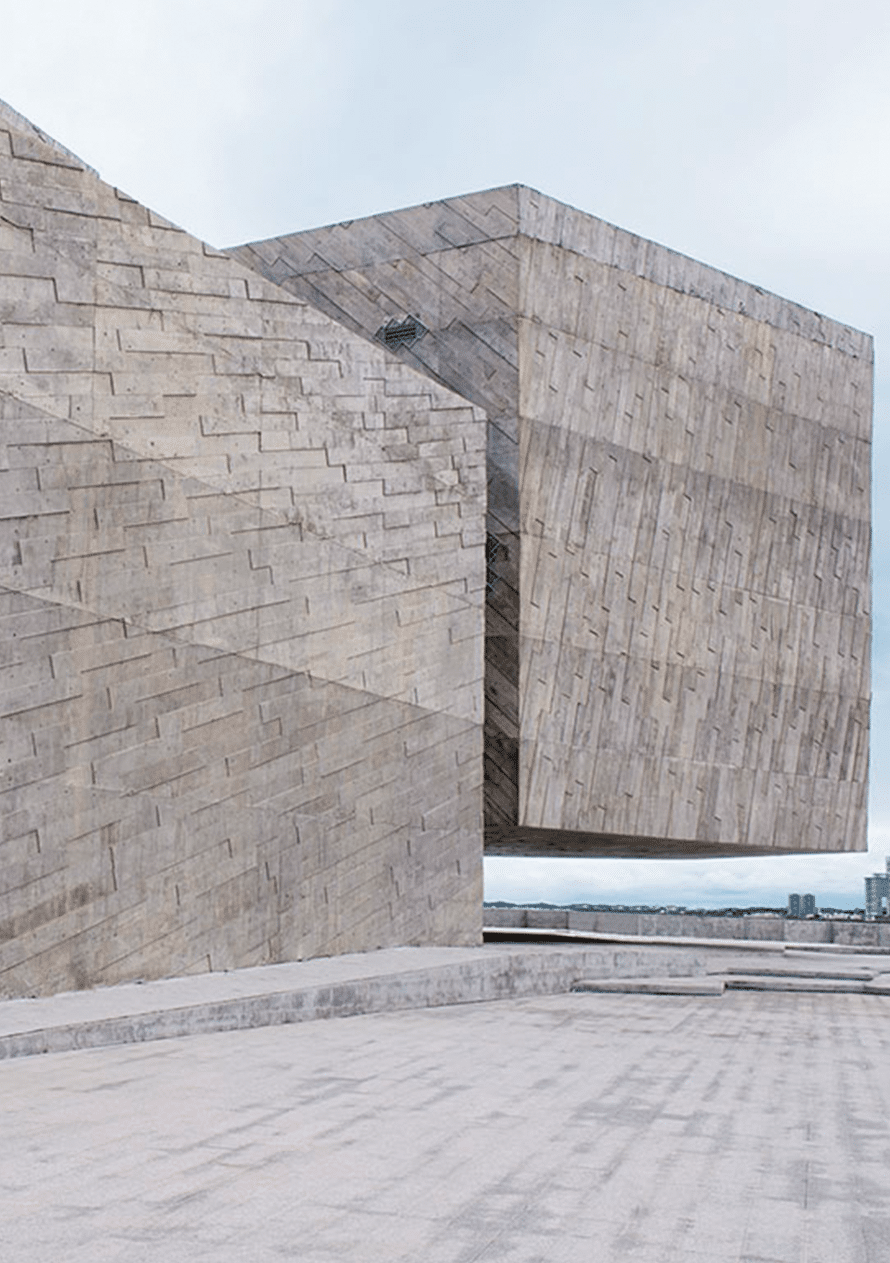
Of all the buildings that make up the work of the multi-award-winning architect Benjamín Romano, undoubtedly the most important one is Torre Reforma that, in 2018, received the International Highrise Award, which distinguishes the best high-rise buildings in the world.
The imposing building, conceived as a 246-meter obelisk, was chosen out of over a thousand projects around the world, as an example of sustainable architecture that combines high technology and structuring, reflecting the scope of Mexican architecture, engineering and design.
This award represents the summit of a career of almost five decades that began under the tutelage of engineer Heberto Castillo —who taught him the keys to understand structure gravity flow— and continued with the foundation of LBR&A Arquitectos firm.
Other representative works of Romano include Torre Bosques and Torre Tres Picos, which he considers his most endearing project, due to the challenges involved in its architectural resolution and because it was the first in history to use concrete walls.
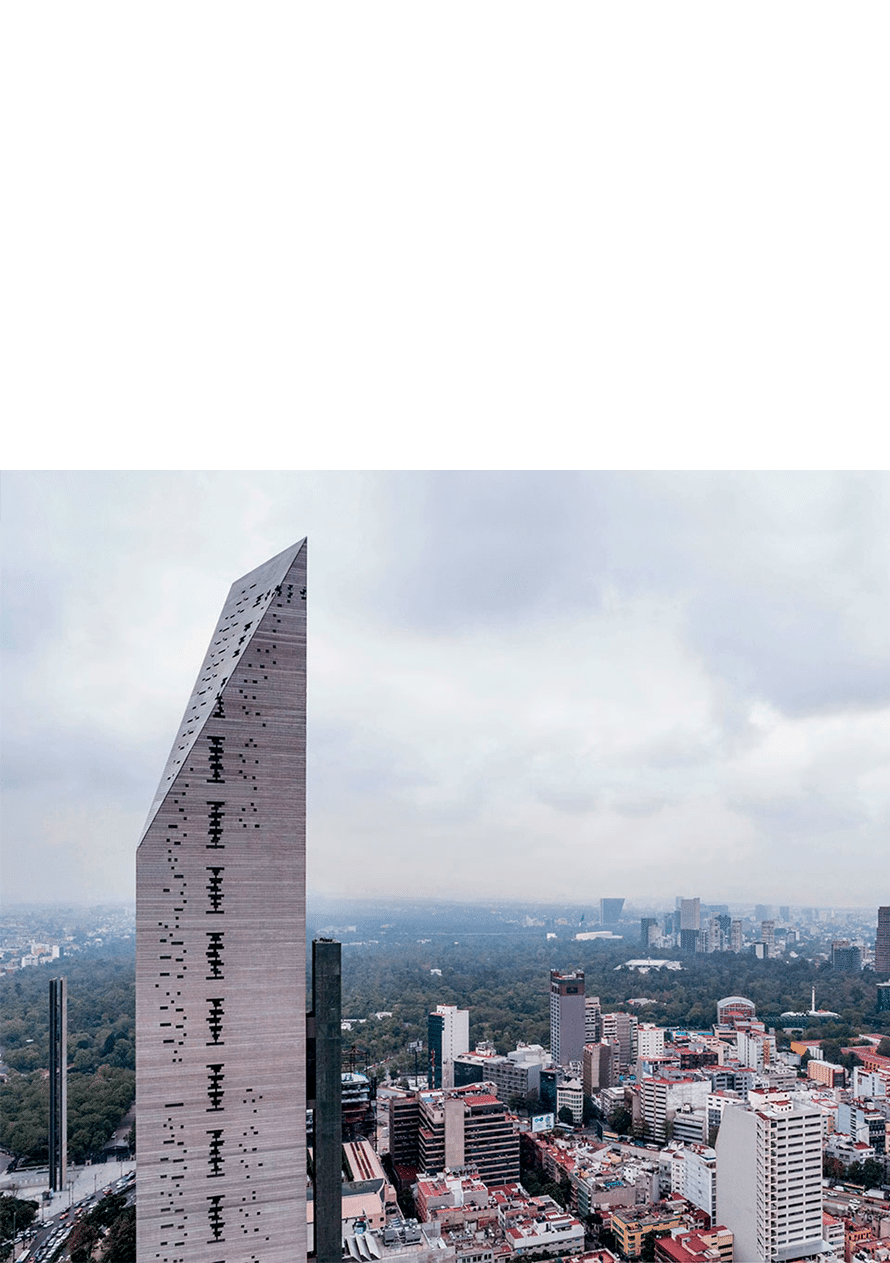
José Juventino Policarpo Rosas Cadenas (1868–1894) was born in Santa Cruz de Galeana, Guanajuato —today, Ciudad Juventino Rosas— and showing great musical talent as a child. Making the most of these skills, Don José, his father, created a trio with his own children and earned money playing at parties and baptisms, however, they reaped more applause than income.
Later, at fifteen years old, Juventino entered the orchestra of famous singer Ángela Peralta, but during a promising tour, a cholera epidemic claimed the lives of several members. After many setbacks, he focused on composition.
In 1887, his performance at a festival commemorating the Battle of Puebla, at the National Theater, won him the applause of none other than Porfirio Díaz. Dedicated to the president’s wife, he composed “Carmen” and, in gratitude, he received a grand piano from the presidential family that he had to sell immediately to pay off his debts.
He also composed polkas (such as “Flores de México”), mazurkas, marches and waltzes, including “Sobre las olas”, a piece that gained worldwide fame while its author remained anonymous.
Due to financial pressure, he sold the rights to his iconic work to the publishing house Wagner & Levien, for a mere forty-five pesos. The authorship of the waltz was even attributed to Strauss, until it was discovered that a Mexican, who managed to receive recognition but never royalties, had composed it.
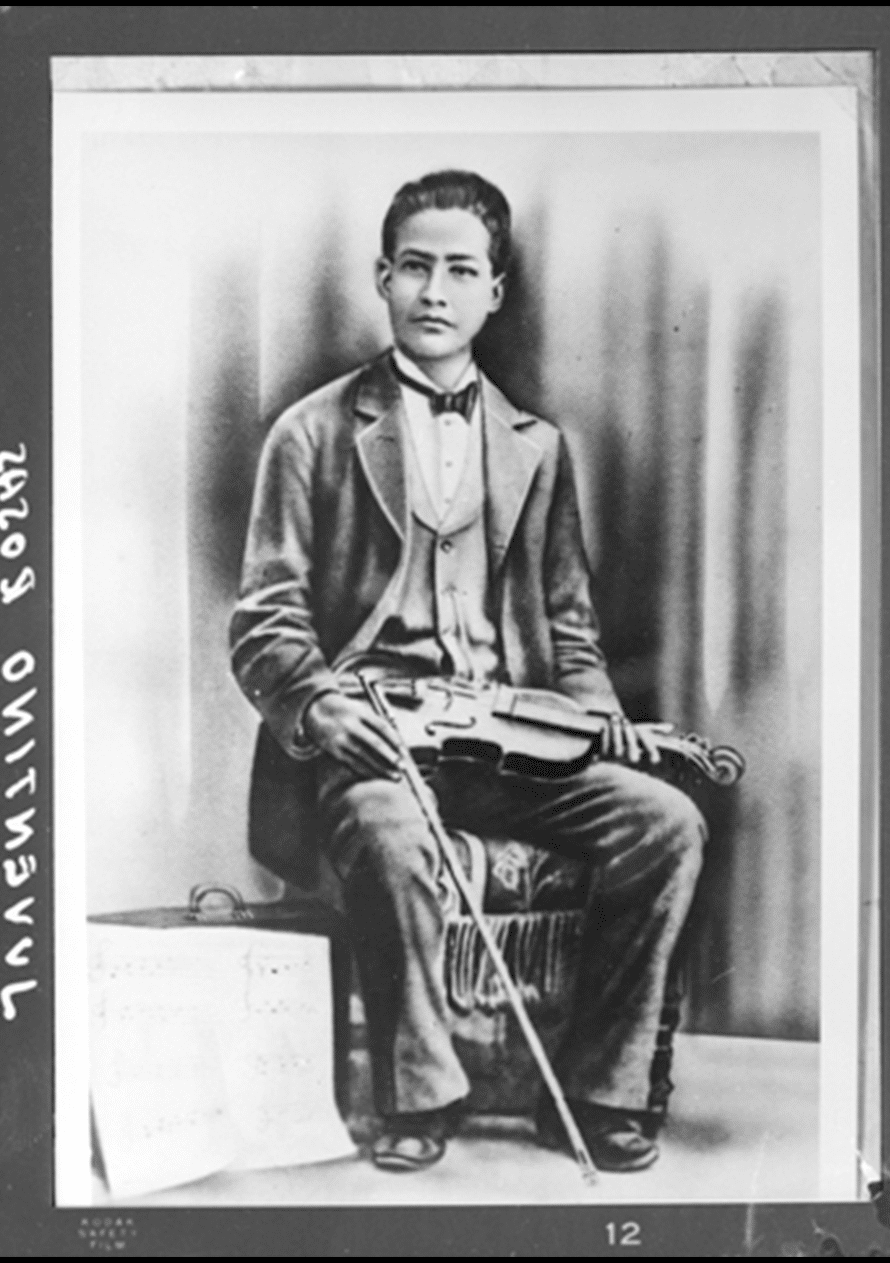
Known as “the damned illustrator”, Julio Ruelas (Zacatecas, 1870-1907) was one of the great exponents of Mexican Modernism. His proposal —fantastic, sadis- tic and grotesque— celebrated Decadentism and had a greater impact in Europe than in Mexico.
He was a student of the National School of Fine Arts and completed his studies at the University of Karlsruhe in Germany, where he met the creators of symbolism including Arnold Böcklin, Gustav Klimt and Edvard Munch.
Later he returned to Mexico where he became involved in the Revista Moderna project, a publication that emerged in 1898 and provided space for poets such as Amado Nervo, Rubén Darío and José Juan Tablada, in addition to publishing articles of scientific dissemination, social and cultural texts, current affairs, drawings and illustrations.
He always stood out for his originality and artistic independence. He died in Paris, France, in the style of a poéte maudit: among art, champagne and bohemia. His remains rest in a privileged spot in the Montparnasse Cemetery, from where “he can watch the girls go by”.

Alejandro Ruiz Olmedo (1970) is one of the best chefs in Mexico and one of the most renowned experts worldwide in Oaxacan regional cuisine. He defines his culinary style as “inspirational cuisine”, as it fuses haute cuisine with ancestral techniques and ingredients of the Oaxaca tradition: “A look into the future with a reverence for the past”.
He was born into a humble family, originally from La Raya de Zimatlán de Álvarez, Oaxaca, and as a child he knew what it was like to hold a yoke, plow the land, harvest and milk. Being the eldest son, he became the assistant in the family kitchen and there he inherited from his mother and grandmother the heritage that he now preserves as an ambassador of Oaxacan cuisine.
In 1997 he opened Casa Oaxaca, his flagship restaurant —awarded the 5-Star Diamond Award in 2008, 2009 and 2010— with which he began an ambitious culinary project that in 2009 included the creation of the Oaxaca literary and gastronomic festival “El Saber del Sabor”. He has also participated in a large number of gastronomic festivals, tastings and academic conferences on cooking throughout Mexico and in collaboration with prestigious restaurants in Munich, Berlin, Verona, Barcelona, Vienna and Madrid.
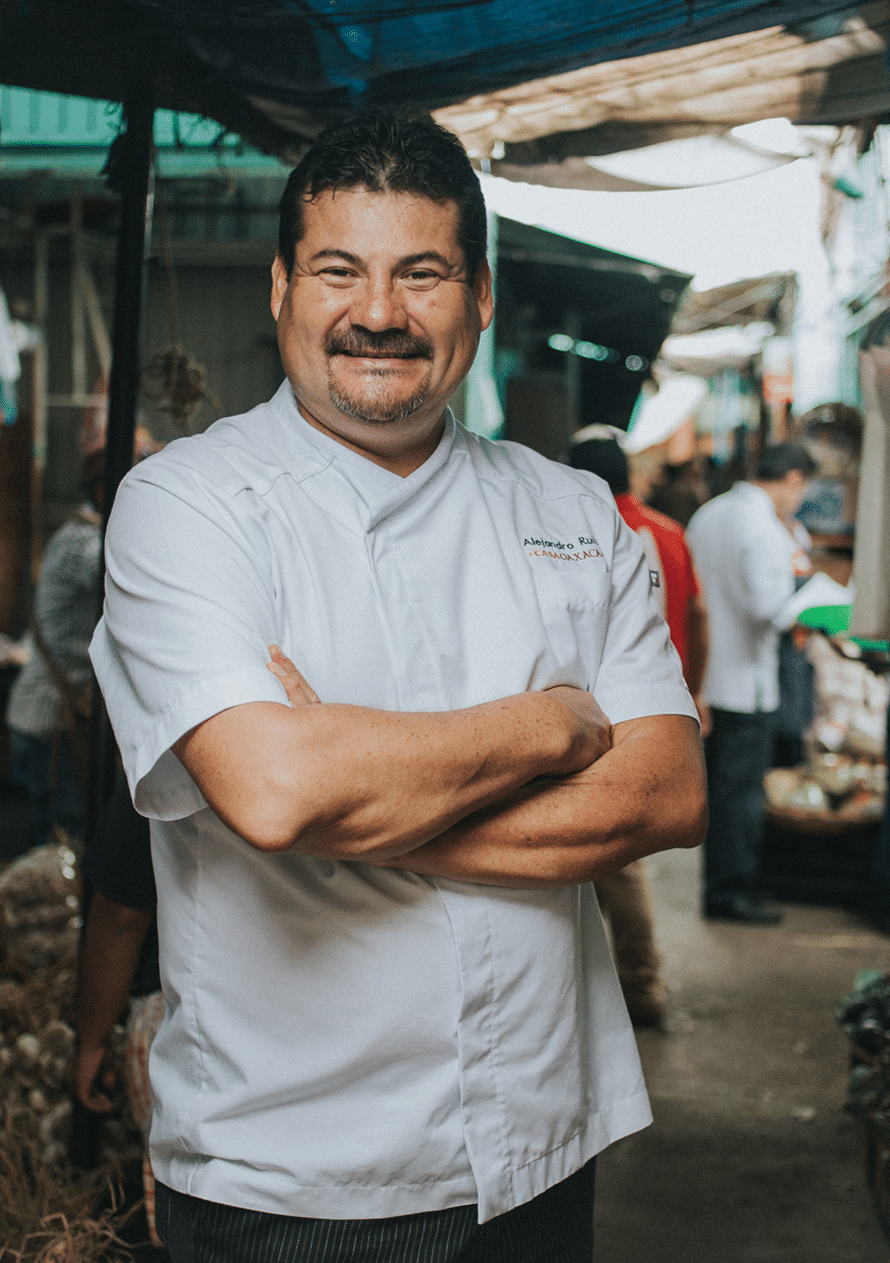
Juan Rulfo is the only Mexican novelist who has given us an image —not a description— of our landscape. His intuitions and personal obsessions have been embodied in stone, dust, the pepper tree. His vision of this world is, actually, a vision of another world.47
Octavio Paz
Originally from Sayula, Jalisco, Juan Rulfo (1917–1986) is known as “the creator of national sentiments”, a writer who only had to publish two books to register his name among the most important in contemporary literature.
In 1953 he published The Burning Plain and Other Stories. Two years later he put an end to the traditional rural novel with Pedro Páramo, by creating a narrative of meticulous, almost poetic language, which combined reality and fantasy in a setting that became the notion of the Mexican countryside that prevails in the collective imaginary. “It adds up to no more than 300 pages”, Gabriel García Márquez once said, “but I believe they are as everlasting, as the pages that have come down to us from Sophocles”.48
“I came to Comala because I was told that my father, a certain Pedro Páramo, lived here” is the best-known novel opening sentence referenced in the world. By 1986, the year of the death of its creator, it had been translated into 60 languages and its print run in Spanish had reached millions.
